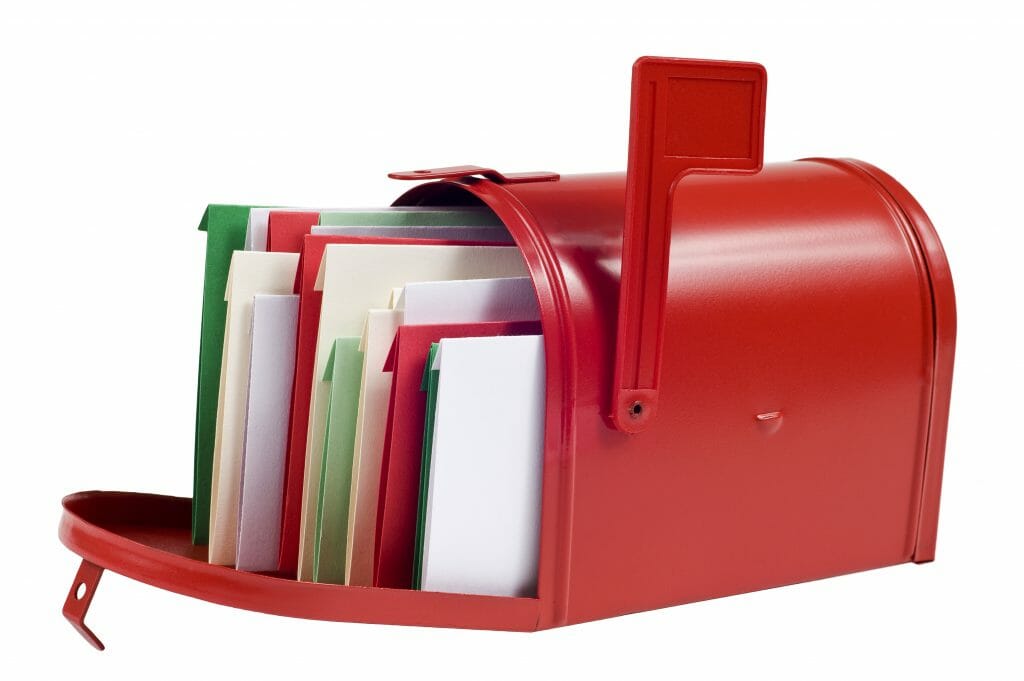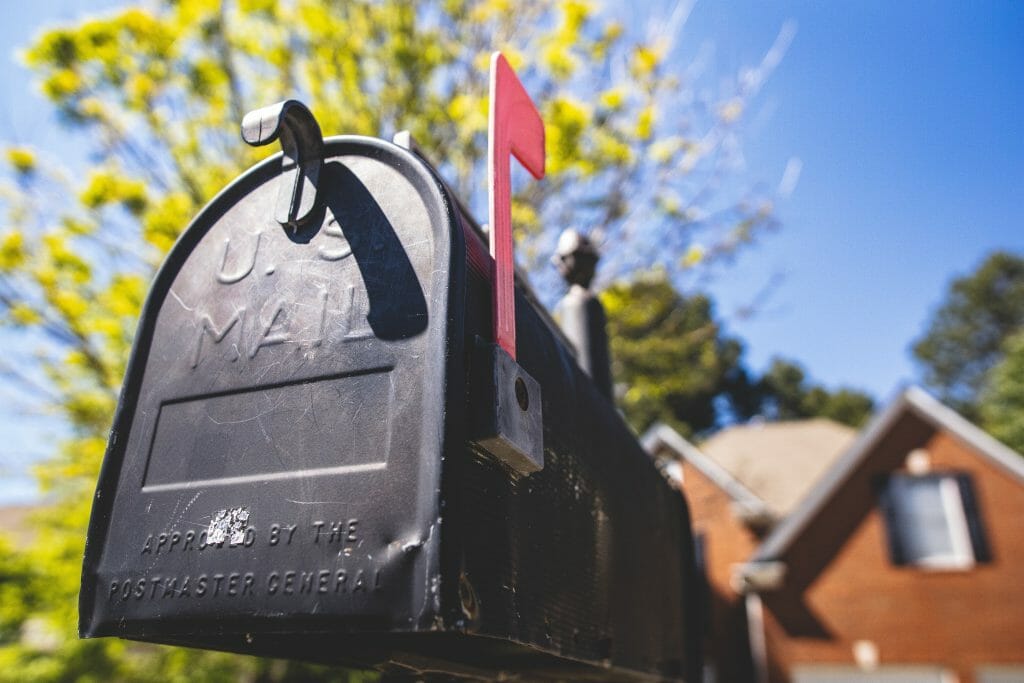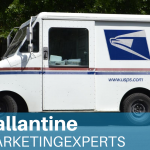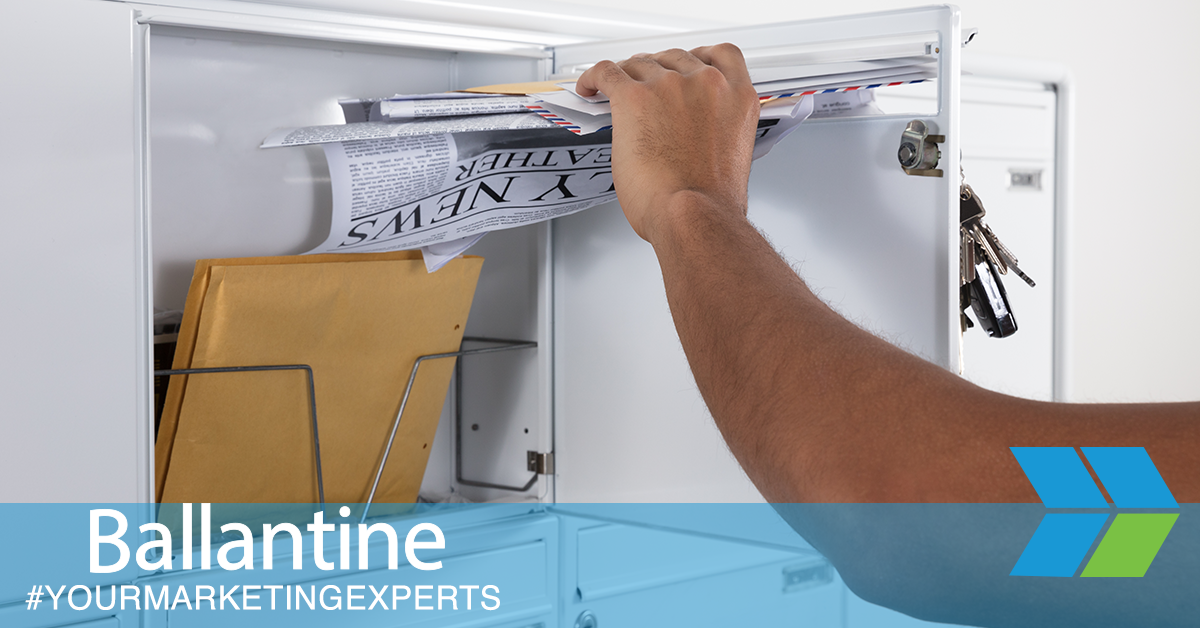If your business handles direct mailings on a regular basis, then you probably understand how much your marketing budget can be stretched by an unexpected increase in USPS postage rates or other shipping rates. Unfortunately, these increases happen fairly regularly—but the good news is that there are options for saving money on bulk direct mailings.
Commingled mail services can help you save money on your direct mailing, while offering a number of additional benefits in the process.

There are two specific methods of commingling available. One-pass commingling involves the use of mailing input data files to determine the best pre-sorting approach for a given set of mailings. From there, individual mail pieces are sorted using equipment and input data files.
Two-pass commingling, on the other hand, involves sorting based on actual addresses. The mailings are passed through equipment, where a mail plan is created. A “second-pass” is then completed through the same equipment to further sort the mail as needed.
The commingling option that’s best for your company will vary on the type of mail you’re sending and other factors; working with an experienced commingling service will be your best bet at determining which method is ideal.

Another benefit to consider with direct mail commingling, however, is that this process generally results in a faster delivery to your target customer. That’s because the mail is going directly to the SCF, which is the last step of the process before mail is sent out for delivery. Rather than taking up to two weeks for your direct mailing to reach your target customers, commingling could allow mail pieces to be delivered in as little as 8-10 days.
The Bottom Line on Direct Mail Commingling
So, what should you take away from direct mail commingling?:
- It involves combining your company’s mail with that of other companies.
- It can help your business save on postage and better budget for direct mailings.
- It can reduce delivery times for your direct mailings.
- There are two methods of mail commingling to consider.
Interested in learning more about commingling or exploring this as an option for your business? Let our team at Ballantine answer all your questions! Contact us today at (973) 928-7271 to discuss how commingling could help your business optimize its direct mail marketing budget and keep costs down.
This is an updated post from a pervious blog dated Jun 18th, 2015. Read the original post here:
Benefits of Direct Mail Commingling
Cost savings are by-far the main benefit to using a direct mail commingling service. Because your commingling service is doing a lot of the post office’s work on their behalf (from sorting and tagging to bundling and more), they are happy to offer a heavily discounted postage rate to businesses that use commingled mail.
Because many commingling services are able to offer a guaranteed price per-piece of mail, this may also make it easier for your business to budget for its direct mail marketing campaigns. It is important to understand, however, that your business will need to meet minimum requirements to achieve the discounted letter rate. For example, the weight of the package being sent can affect your eligibility for discounts and the amount of the discount available.
What is Direct Mail Commingling?
What is commingling, anyway? The commingling mail definition is a process where you take all of your company’s direct mail and sort it with about 100 other companies’ direct mail. The goal is to achieve greater penetration through the postal sorting process. A commingling mail service will handle everything from sorting the mail (using the same equipment that your local post office has) to tagging it, bundling it, and delivering it to the destination SCF.
Commingling is available for standard and first-class mailings and can be used by both for-profit and non-profit businesses.
There is a collective wince among direct mail marketing professionals every time an increase in postage costs is announced by the US Postal Service (USPS). Marketing budgets are already spread thin, and an increase in postage means that something has to be cut from the budget, or system efficiencies have to increase to maintain budget levels. One of the ways that marketing professionals can soften the blow of postage increases is by taking advantage of a process called commingling.
Normally, when a piece of direct mail is dropped at a USPS office, it follows this path:
- Piece is received at the USPS office
- Piece is sent to the local Sectional Center Facility (SCF)
- Piece is sent to the regional Network Distribution Center (NDC)
- Piece is sent to the destination NDC
- Piece is sent to the destination SCF
- Piece is sent to the destination USPS office
- Piece is delivered to the recipient
This process involves a lot of steps; the piece in the example above is moved six times after being dropped at the local USPS office. These movements take time and cost money to perform. Commingling can be used to reduce the number of steps, resulting in cost and time savings.
What is Commingling?
Commingling is a process by which mailings from more than one company are combined to meet USPS discount minimums for quantity for mailings to targeted neighborhoods.
In general, the process involves:
- Combining mail lots from multiple companies
- Sorting the mail by zip code
- Tagging the mail with intelligent bar codes
- Bundling mail into trays by zip code group
- Deliver bundled trays to either the destination USPS NDC or SCF
A commingling vendor will pick up the mail and put it on sorting equipment that takes each individual piece of mail and sorts it to either the NDC or SCF level based on what they’ve received from other mailers. As a result, this gives companies deeper postal penetration and discounts.
This is essentially the process that the USPS performs to every piece of mail it receives. However, the USPS focuses their efficiency on delivering mail, not sorting it. When mail pieces are pre-sorted before arriving at USPS facilities, USPS grants a discount, since it no longer has to do the sorting and transporting itself. This discount is greater than the cost of using a commingling vendor, so the individual mailing companies realize cost savings on every piece.
Both first class mailings and standard class mailings that meet letter rate can be commingled (but not together). Both for-profit and non-profit mailings can be commingled. Letters, postcards, and self-mailers can be commingled, as long as they are machinable.[1]
Commingling systems consist of two components: sorting hardware and processing software. The hardware scans mail pieces and feeds information to the processing software. The processing software determines how the mail pieces should be sorted, and directs the hardware to move the mail pieces into the proper tray. Commingling system developers include Siemens (Paramount hardware and SortGen software)[2] and Pitney Bowes (Vantage equipment and SortEngine software).[3]
There are two methods for commingling:
- One-Pass Commingle – Mailing input data files are used to determine the optimal presort. Mail pieces are sorted by commingling equipment based on the input data files into final destination trays.
- Two-Pass Commingle – Mail pieces are sorted by commingling equipment that creates a mail plan based on the actual addresses. The mail plan is then used by the commingling equipment during a second pass, where the mail pieces are sorted to trays based on the mail plan.
Benefits of Commingling
Commingling mail with multiple mailers saves money for all of the mailers, no matter what the volume or mailer configuration, or whether the mail was stamped, metered, or permitted.[4]
Commingling works very well for multi-panel mailings. For example, a company that was sending 500,000 pieces with 10 different panels would be charged postage based on each 50,000 piece panel. When the 10 panels are commingled, the postage charge is based on the 500,000 piece lot, resulting in cost savings.
Most vendors that provide commingling services will offer a guaranteed per piece price. This includes postage, freight and processing, so there is no surprise freight bill after the job has been mailed.[5] That being said, confirm with your commingler if they charge extra for a heavier piece such as a magalog.
In addition to cost savings, companies can also see a reduction in delivery time. National mailings normally take up to 12-14 days to be delivered. A commingling service that sorts and trucks mailings directly to the destination NDC or SCF can help companies reduce delivery time to 8-10 days4 by skipping over the local post office and origin NDC and SCF. Also, by eliminating three to four transportation stages, of which each could experience its own variation in delivery time, commingling can help to reduce the variation on the actual delivery date.
Incorporating direct mail commingling into your brand’s marketing strategy not only optimizes your budget by reducing postage costs but also contributes to environmental sustainability by streamlining the delivery process. By consolidating mail from multiple sources, commingling reduces the number of transportation steps required, and lowers carbon emissions associated with mail distribution. Furthermore, the process enhances the efficiency of your direct mail campaigns, ensuring faster delivery times and more predictable arrival dates to your target audience. Embracing commingling services reflects a commitment to both fiscal responsibility and environmental stewardship, which aligns your marketing efforts with broader corporate sustainability goals. As you begin planning your next direct mail initiative, consider how commingling can elevate your campaign’s impact while supporting a greener planet.
[1] http://npf.org/
[2] http://www.siemenscms.com/commingling/
[3] http://www.pitneybowes.com/us/shipping-and-mailing/mail-and-parcel-sorters.html
[4] http://blogs.pb.com/brilliant-communications/2015/01/20/direct-mail-service-bureau
[5] http://www.dmaw.org/blog/to-commingle-or-not-to-commingle-that-is-the-question/
I'm the Director of Digital Services and Partner at Ballantine, a family-owned and operated direct mail & digital marketing company based in New Jersey. and started in 1966 by my great uncle!




